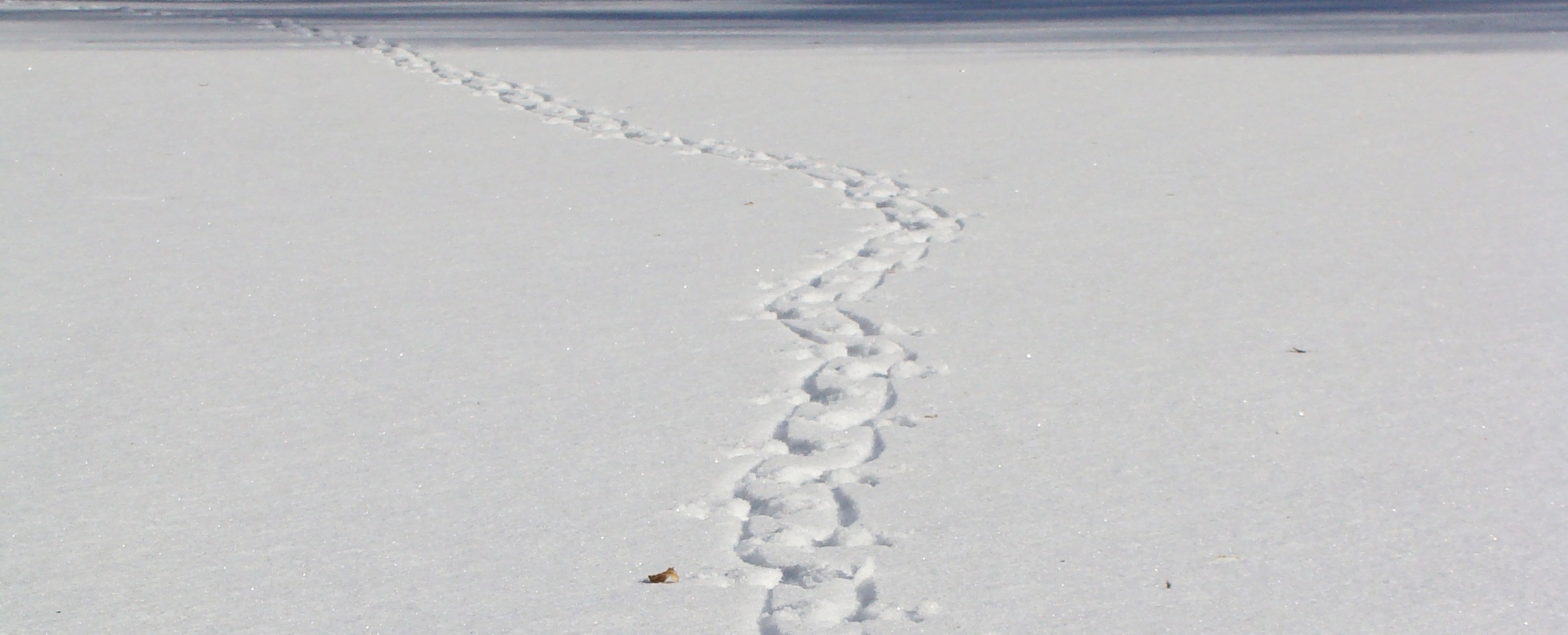Keeping Ourselves and Our Earth Healthy
Simple Actions: Big Results
While there are many opinions about climate change and how best to live our lives, prosper and care for the environment, no one can argue we have seen an increase in wildfires, hurricanes and wacky weather. While it’s hard to sift through all the information out there, here are some things we know, along with ideas for keeping ourselves and our planet Earth healthy.
 You might have heard about the Earth’s tipping points or “boundaries” in our planet’s natural systems. A team of 28 internationally renowned scientists identified how breaches to these boundaries are leading to irreversible changes, threatening the quality and sustainability of the resources we depend upon for food, water, and the life-sustaining air we breathe.
You might have heard about the Earth’s tipping points or “boundaries” in our planet’s natural systems. A team of 28 internationally renowned scientists identified how breaches to these boundaries are leading to irreversible changes, threatening the quality and sustainability of the resources we depend upon for food, water, and the life-sustaining air we breathe.
To date, four of the nine planetary boundaries have been crossed: climate change, biodiversity, land-system change, and the global nitrogen cycle (the other five are ozone depletion, ocean acidification, chemical pollution, freshwater consumption threshold, and atmospheric aerosol loading). The evidence for these breaches is seen in changes taking place in the air, land, and water systems:
- changes to, and loss of, animal and plant biodiversity and extinction
- soil, air and water pollution creating undrinkable water in populated areas
- polar ice cap melting, creating changes in land-masses, sea level and air temperature, resulting in a trickle-down effect on how we farm, pest insurgency, food availability and sustainability
- failure to meet food and energy needs due to inadequate or ineffective development of water and land resources
How do these changes affect human health?
- increases in food and waterborne disease
- increases in disease carried by wildlife
- movement of wildlife, bringing disease into populated areas
- widespread food insecurity and increased cases of malnutrition
- rising rates of cancer, heart disease, respiratory illness, and diabetes
- shifts in weather patterns, leading to natural disasters
Every day, we have opportunities to make Earth-friendly choices. Here are some ideas:
Go Green When You Clean. Choose eco-friendly cleaning agents. From dish detergent to laundry detergent and the soap you use to wash your car, many brands offer “green” alternatives to their standard cleaning products. Consider learning how to make your own eco-friendly products.
Use Renewable Energy. Solar power, water power – if you live in an area where these are available, there’s likely a tax benefit to installing sources of renewable energy.
Shorten Your Shower. Take showers instead of baths to prevent water waste. Set a timer for a shorter shower.
Weatherize Your Home. Be sure your home has proper insulation. Check for leaks around doors and windows, which will drive up energy use and costs. See if your power provider offers a household “energy audit.”
Eat Organic, Seasonally & Locally. When you can, choose organic and in-season foods from local farms (Community Supported Agriculture-CSA) to support your local economy.
Go Meatless on Mondays. Just one day a week, decrease meat consumption by using a plant-based recipe.
Reduce your Food-print. When grocery shopping, opt for products with the least packaging. This may mean buying off-brand. Also, buy products that come in reusable glass jars. Bring your own reusable bags or containers to the store, including for use at the bulk food bins. Reuse leftover food in next-day meals.
[hr]
Dance, Dance, Dance! It’s Good for You.
Whether you shut the door and close the blinds to move to the beat of your favorite tunes, participate in a formal dance class, or simply “get jiggy” with your kids, dance is good for the mind and body.The beneficial effects of dance are largely universal for everyone. Children more freely express themselves through music and movement. Adults can ease mental tension simply by bopping to the beat.
Dance has been the subject of research on its general health effects, as well as its therapeutic effects for people living with cancer, Parkinson’s Disease, Alzheimer’s Disease, mental illness, autistic and learning spectrum disorders, and many other health conditions. Consider some of the benefits of dance:
Supports a healthy cardiovascular system
Builds strength and agility
Improves mental health status in patients with various psychological conditions
Reduces stress
Improves mood
Improves joint range of movement and muscle flexibility
Enhances body esteem
Whether for toddlers, teens or older adults, many fitness programs have evolved from various forms of dance, including Zumba and Barre classes. Similarly, forms of dance have become fitness pursuits in their own right such as hip hop, country line dancing, and stepping. Whatever kind of music helps you get your groove on, get on up and dance!
[hr]
Guiding Principles

THE INFORMATION OFFERED BY THIS NEWSLETTER IS PRESENTED FOR EDUCATIONAL PURPOSES. NOTHING CONTAINED WITHIN SHOULD BE CONSTRUED AS NOR IS INTENDED TO BE USED FOR MEDICAL DIAGNOSIS OR TREATMENT. THIS INFORMATION SHOULD NOT BE USED IN PLACE OF THE ADVICE OF DR FENSKE OR ANOTHER QUALIFIED HEALTH CARE PROVIDER. ALWAYS CONSULT WITH DR FENSKE OR ANOTHER QUALIFIED HEALTH CARE PROVIDER BEFORE EMBARKING ON A NEW TREATMENT, DIET OR FITNESS PROGRAM. YOU SHOULD NEVER DISREGARD MEDICAL ADVICE OR DELAY IN SEEKING IT BECAUSE OF ANY INFORMATION CONTAINED WITHIN THIS NEWSLETTER.
Image attributions: click here



